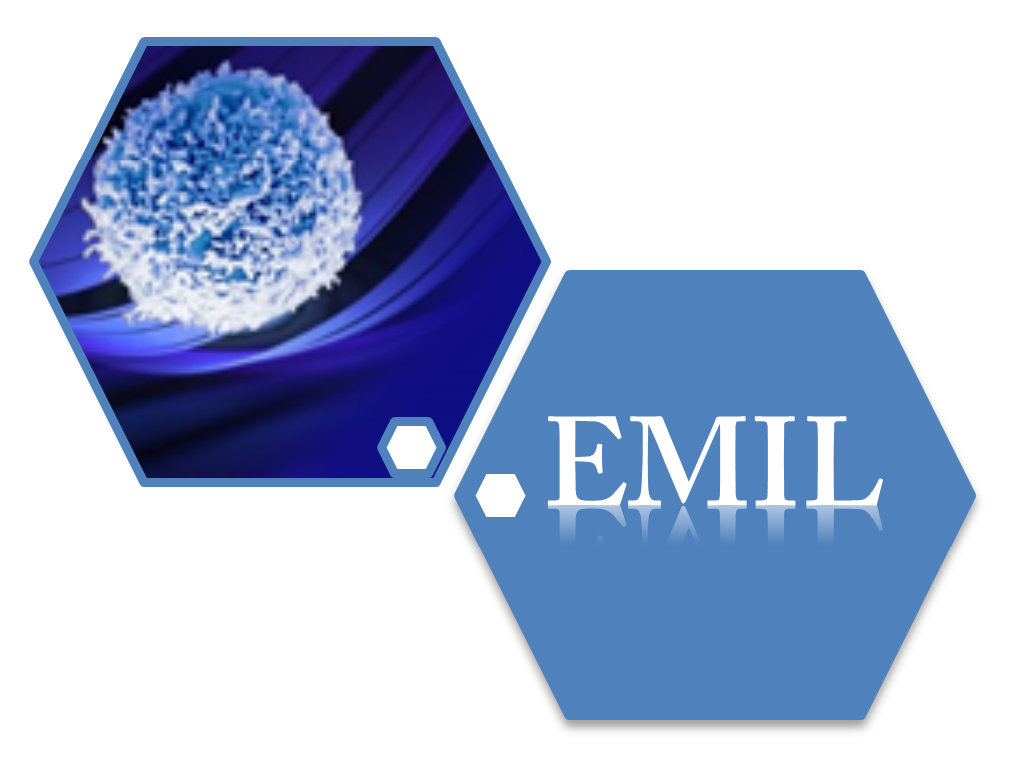We are performing experiments at LNS concerning the use of ion beams to induce mutagenic effects on seeds in order to improve and diversify seeds quality.
In particular we use Carbon beam (12C) having an energy of about 10 MeV/A. In this way ions penetrate the whole body of the organism and the LET is not constant in the irradiated system. We want so to explore a region of ion beam and induced mutagenesis, until now not well investigated.
Mutations can be induced in four different ways: chemically (es. ethylmethane sulfonate ), through the action of organism (such as viruses); by aging; and by radiation: natural or manmade. Unlike other physical mutagens such as X-rays, γ-rays, and electrons, ion beams characterized by high LET are recognised as a powerful technology to generate new mutants causing more localized and dense ionization within cells.
For this reason the use of heavy - ion Beam irradiation shows several advantages, among which we can mention
- Wide mutational spectrum with lower damage for the implanted organism.
- When scions or cultured cells are irradiated, mutant phenotypes may appear in the plants vegetatively propagated from them. This quicken both development of new commercial plant types, and the clarification of their basic physiology through genetics.
- Can be used in plant with several sets of chromosomes and where it is than difficult to isolate mutants;
- In some systems the mutation rate is relatively high at low doses of irradiation without severe growth inhibition.
The more significant disadvantages is the not predictability (foreseen) of the induced mutagenesis, even if this implies the desirable, such as in our case, enhancement of biodiversity.
The broad spectrum of mutation induced by heavy ions is due to the typology of interaction among beam ions and cells. While other mutagenic agents, such as also beam characterized by low linear energy transfer (LET) radiation, cause randomly distributed isolated ionization so producing single base substitution in DNA sequences, the heavy ion beam is able to produce breaks in double strand of DNA and so to induce large alterations such as inversion, translocation and deletion in DNA sequence. These breaks are not easily repaired, and they result in more effective mutation than that single-strand DNA breaks.
In plants the induced mutation is expressed and becomes effective and stable just in the second generation of plants. The statistical nature of the interaction processes produces a mutation rate of the order of 10%, in the best conditions. So a huge work is required to select the plant where mutation is present.
Moreover in order search to simplify the individuation of mutated seeds (so avoiding the cultivation also of all the plants), we want to correlate this investigation with the study of delayed luminescence emitted by seeds.
Measurements have shown a close connection between DL and germination capabilities of seeds as shown by the experiments performed by Catania group. In particular it is evident a correlation between the DL and the germinability of seeds of pepper and soya beans.


